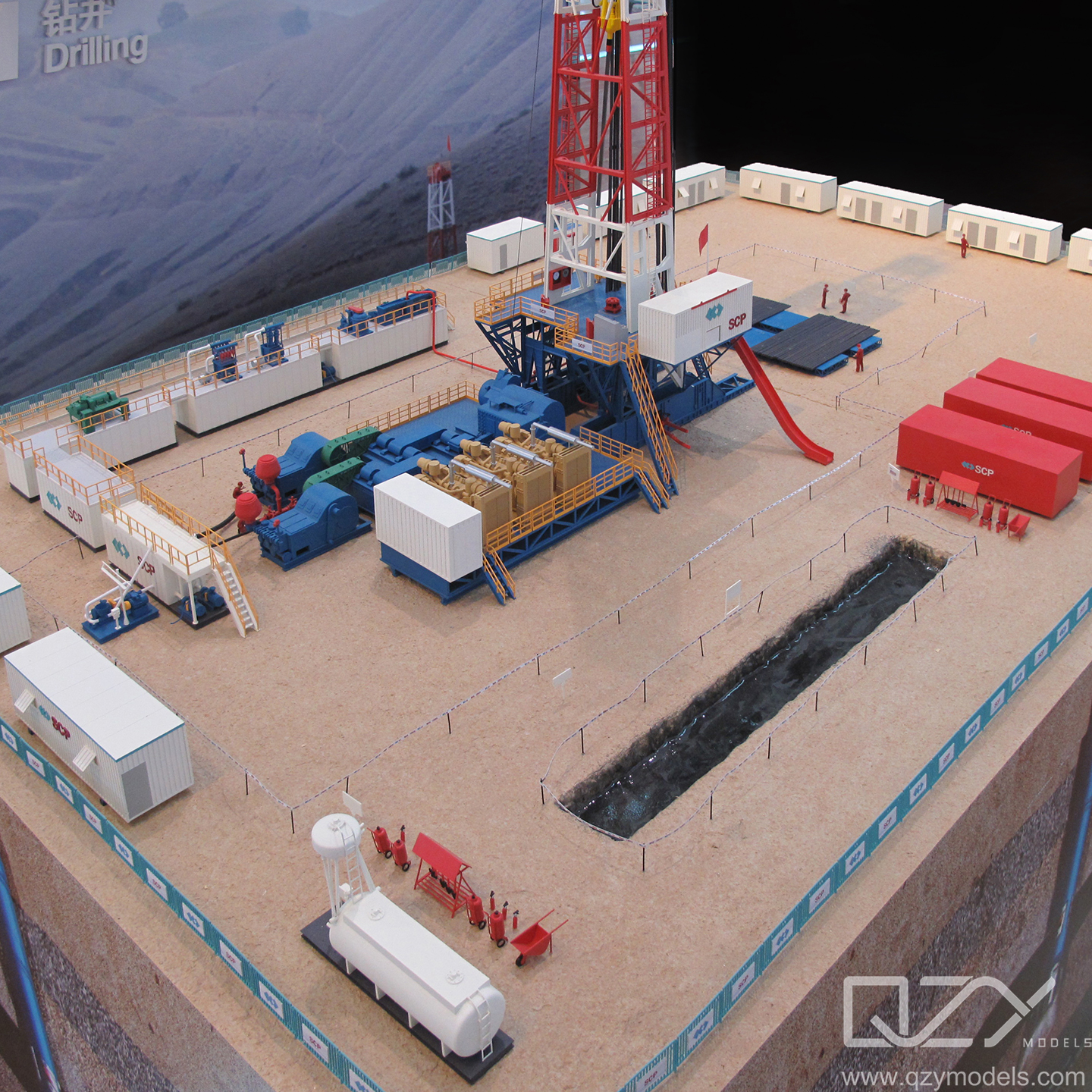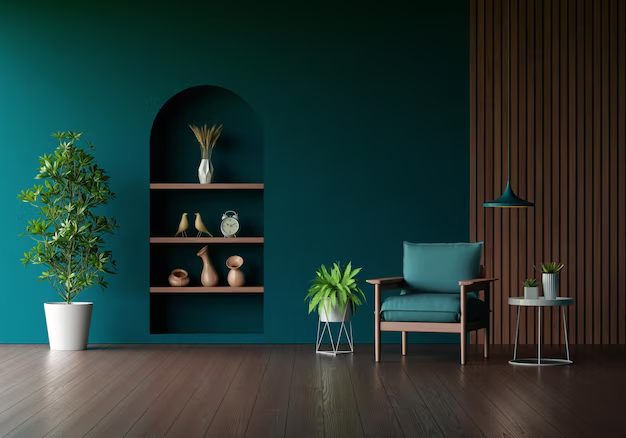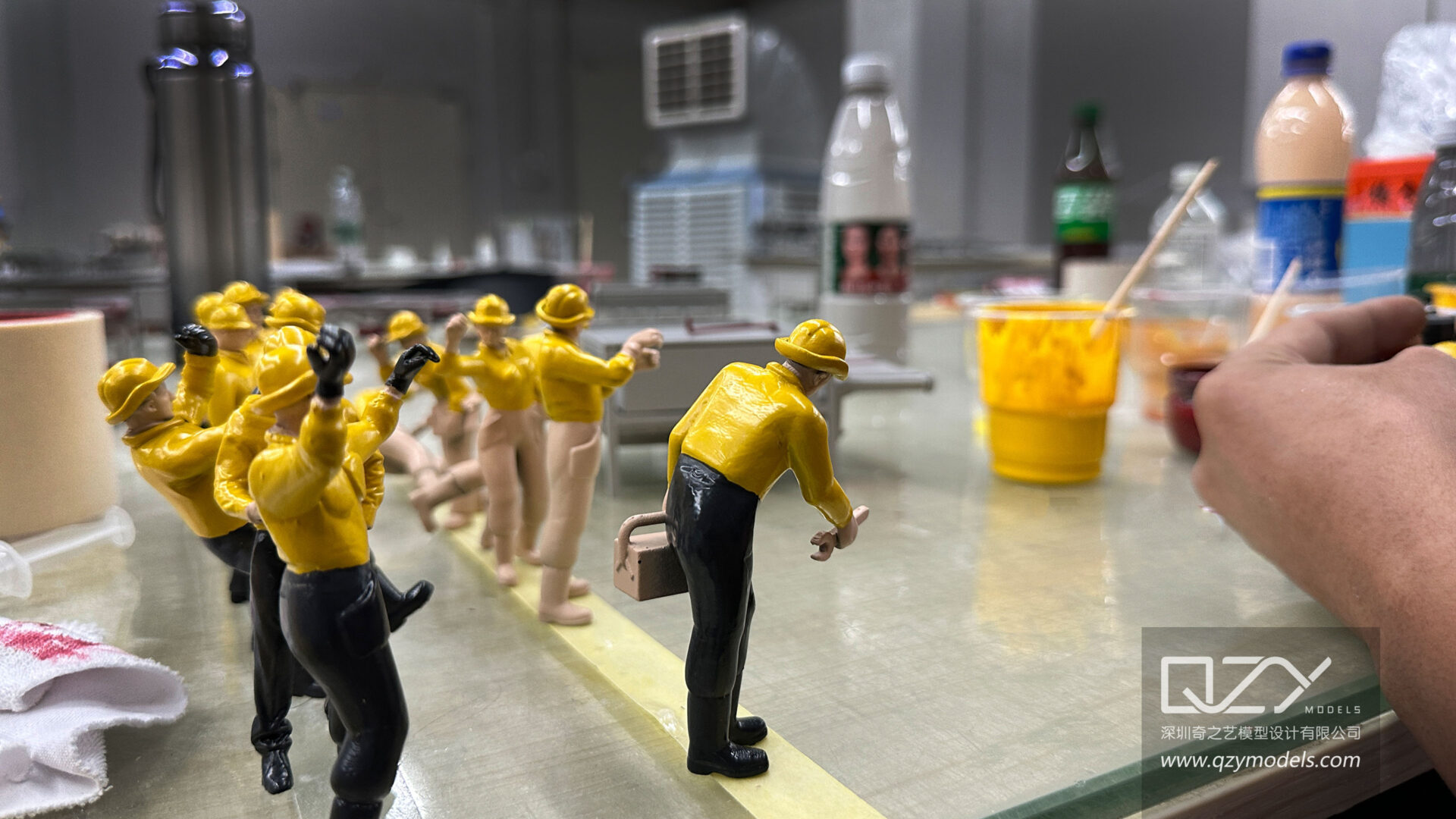QZY Models | Interiors in Miniature: A Comprehensive Guide to Crafting Interior Models
In the realm of model making, where precision meets creativity, interior models stand as unique testaments to the art of crafting miniaturized living spaces. These intricately detailed replicas offer a fascinating window into the world of interior design, architecture, and storytelling. Whether you’re an aspiring interior designer, an architectural enthusiast, or a dedicated hobbyist, this comprehensive guide will lead you through the step-by-step process of creating captivating interior models that encapsulate the essence of real living spaces.
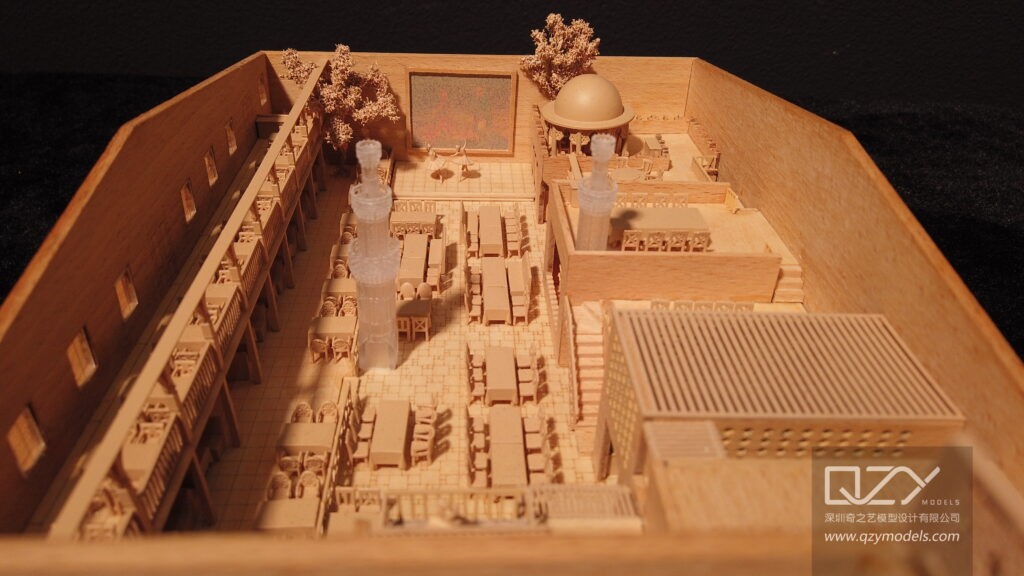
I. Understanding the Significance of Interior Models -QZY Physical Model Maker
I. Understanding the Significance of Interior Models
A. Design Exploration and Visualization:
Interior models provide a tangible means for designers and architects to explore and visualize interior spaces. From cozy living rooms to functional kitchens, these miniatures allow professionals to test design concepts, layout arrangements, and color schemes before they come to life on a full scale.
B. Client Presentation and Communication:
When working with clients, interior designers often employ models to communicate their design visions effectively. These models serve as powerful tools for showcasing proposed concepts, making it easier for clients to understand and visualize the final result.
C. Educational and Inspirational Tools:
Interior models also have educational value, serving as inspirational tools for students of interior design and architecture. These miniature spaces offer an immersive way to learn about interior layouts, decor elements, and spatial design principles.
II. Techniques and Artistry in Interior Model Making
Crafting interior models is an art form that demands a deep understanding of design principles, an adeptness with materials, and a keen eye for detail.
A. Scaling Down Realism: Capturing Life in Miniature:
The heart of interior model-making lies in replicating life in miniature form. Choosing the correct scale is crucial, ensuring every element, from furniture to decor, closely mirrors its full-sized counterpart. This process involves selecting materials that replicate various textures and meticulously considering every detail, such as the grain of wood or the sheen of metals.
Precision Crafting: Crafting miniature furniture and decor requires precision, especially when working with tiny pieces. Artisans carefully assemble each component to replicate real-life counterparts, showcasing intricate woodworking and detailing.
Texturing and Painting: Realism extends beyond structure to encompass texture and color. Model makers use diverse materials, including wood, plastics, and fabrics, to recreate textures authentically. Acrylic paints come into play to mimic various shades and finishes, adding depth to the miniature interior.
B. Creating Atmosphere through Lighting and Placement:
Crafting the perfect ambiance within an interior model is an art form in itself. The strategic placement of miniature light fixtures sets the tone for the miniature space, mimicking the effects of natural sunlight or casting a soft, inviting glow.
Lighting Techniques: Model makers experiment with different lighting techniques, often using LED lights for their size and energy efficiency. Filters and diffusers may be employed to soften or color the light, creating specific effects. Fiber optics, on a smaller scale, mimic the twinkle of stars in miniature nightscapes.
Furniture Arrangement: The placement of furniture and decor items is strategic. Model makers aim to create inviting spaces with a harmonious flow, considering focal points, traffic patterns, and even Feng Shui principles.
C. Details in Furniture and Decor: Adding Soul to Spaces:
The soul of an interior model resides in its furnishings and decor elements. Every tiny piece contributes to the narrative and character of the space. Attention to detail is paramount, from crafting delicate porcelain teacups for a dining scene to painting miniature artworks for a gallery wall.
Upholstery and Soft Furnishings: Crafting miniature upholstery and soft furnishings, such as sofas, cushions, and curtains, requires patience and finesse. Miniature fabric selection, sewing, and tailoring create realistic drapery and upholstery textures.
Art and Accessories: Miniature paintings, sculptures, and decorative items add life to the interior. Creating intricate, small-scale art pieces is an art form in itself. These pieces infuse the model with personality and tell a story about the imagined inhabitants.
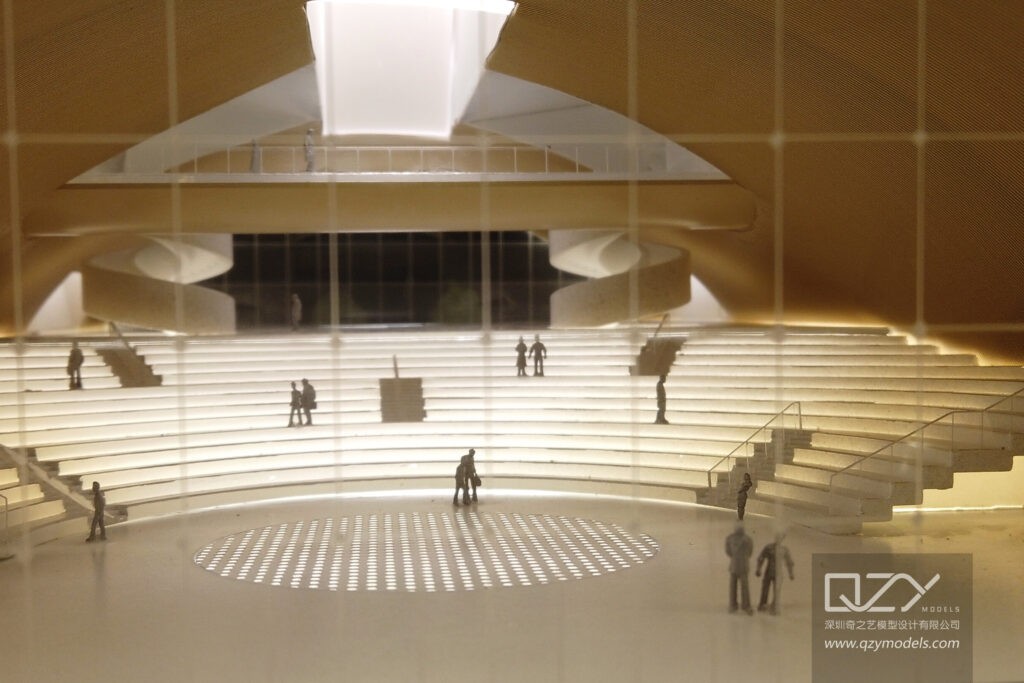
III. Architectural Integration and Interior Design
A. Seamless Integration:
Interior models often accompany architectural models, revealing how buildings and interior spaces blend harmoniously. This integration allows architects and interior designers to ensure that structural elements, such as walls, windows, and doors, align seamlessly with the interior layout.
B. Retail and Commercial Spaces:
Interior models are valuable tools for designing retail and commercial spaces. They enable business owners to experiment with store layouts, lighting, and decor, optimizing the customer experience and visual merchandising.
IV. Preserving Design Concepts
A. Archival Value:
Interior models hold archival significance, preserving design concepts for historical records. These models document the evolution of interior design trends, architectural styles, and functional layouts over time.
B. Innovation and Evolution:
By studying past interior models, designers can draw inspiration and insights to fuel innovation in contemporary interior design. These historical models showcase the evolution of design preferences and technological advancements.
V. Future Trends in Interior Model Making
A. Digital Integration:
With the advent of digital technology, interior models are experiencing a shift toward digital integration. Virtual reality (VR) and augmented reality (AR) are emerging tools for exploring interior spaces in a highly immersive manner.
B. Sustainability and Eco-Friendly Design:
Future interior models will increasingly emphasize sustainability and eco-friendly design. Model makers will explore eco-conscious materials, green building techniques, and energy-efficient lighting to align with the growing trend of sustainable living.
C. Customization and Personalization:
Personalized interior models will become more common, allowing individuals to create miniature versions of their dream living spaces. Advanced 3D printing technology will make it easier to customize and replicate unique interior designs.
In the world of interior model making, a unique blend of artistry and precision converges to recreate interior spaces in miniature form. These models serve practical purposes in design and architecture, providing insights into spatial planning and design concepts. They also stand as works of craftsmanship, inspiring creativity and admiration. As we appreciate the significance of interior models, we continue to explore the possibilities of this captivating craft, pushing the boundaries of creativity and design within miniature spaces. Interior models offer a window into the world of interior design, allowing us to explore and appreciate spaces in incredibly detailed and imaginative ways.
Discovering the World Through Miniatures – About Us
QZY Models, founded in 2013 in Shenzhen, China, is a leading professional team specializing in the design and production of customized physical models. Rooted in the architecture industry, QZY Models caters to diverse model production needs, ranging from furniture, interior design, and architectural landscape, to urban planning. Moreover, we are continuously exploring various fields, including dynamic mechanical models, industrial equipment displays, scientific and technological principle displays, and exhibition displays, to create a diverse model service ecosystem.
Since commencing our independent business in 2013 and establishing our base in Shenzhen, ensuring quality has always remained our top priority. We have forged strong collaborations with renowned companies in over ten countries, such as the United Kingdom, the United States, Canada, and Singapore. Our completed projects span across China, the United Arab Emirates, Saudi Arabia, Egypt, Poland, Morocco, Ethiopia, and other countries. Presently, QZY Models has established branches or offices in Egypt, Morocco, Saudi Arabia, Lebanon, Italy, the Netherlands, and other locations, firmly committed to serving global customers.

